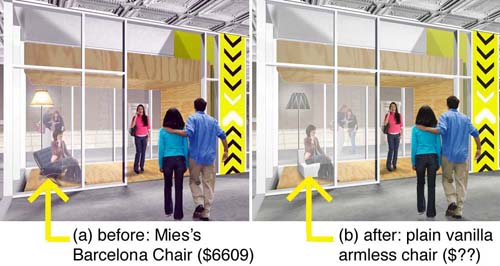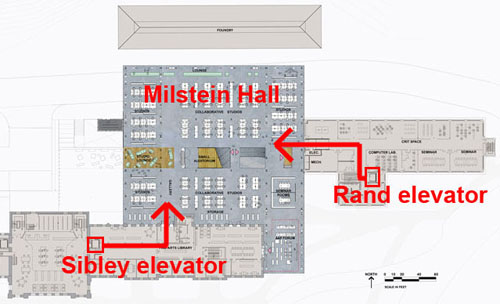After All was one of the first songs I wrote, in 1978, consisting of 2 verses with an instrumental break. In 2003, I added a bridge and a third verse. The song was recorded on GarageBand software; a YouTube video was shot using the built-in camera on my iMac (remixed Aug. 18, 2019).
Author Archives: jonochshorn
squints on a triple
I finally got around to making a YouTube video for Squints on a Triple, a song I wrote and recorded in 2008 based on a true story concerning a game of Scrabble played with daughter Jennie (remixed Dec. 1, 2018).
At the same time, I just discovered that my recording of Squints was the winner of the 2008 BoardGameGeek.com contest for real songs that reference actual boardgames in their titles or lyrics.
this isn’t hollywood
I wrote This Isn’t Hollywood in 1981, recorded it in 2008, and just made a new video. In the video, which includes animated faces of Clark Gable, Cary Grant, Humphrey Bogart, and James Stewart, the final “celebrity” image is of a young Billy Joel, who wrote Say Goodbye to Hollywood five years earlier, in 1976. For the record, all the moving lips are my own (remixed Dec. 2, 2018).
just another video
Here’s a new video for an old song (Just Another), actually the first song I recorded using garageBand software more than two years ago. The song itself was written in 1980 (remixed Dec. 2, 2018).
long distance love affair
I wrote Long Distance Love Affair in 1978 and it is, as far as I remember, the first real song I wrote. This version is recorded using acoustic guitar. My Flip camcorder was set up on its tripod, so here’s the live video with guitar, vocals, and a single mic (and some imaginary musicians joining me for the final verse; remixed Aug. 25, 2019).
Rollo digital sales hit six-figures
As of October 2009, Rollo’s digital sales have entered six-figure territory, thanks to iTunes downloads, as well as internet streaming through sites like Napster and Lala. The six “figures” can be broken down as follows:
1. “Secret Lover” streamed though Lala: payment = $0.005
2. “She Wasn’t One” streamed though Napster: payment = $0.023
3. “Secret Lover” streamed twice though Napster: payment = $0.045
4. “Last Night” streamed though Napster: payment = $0.010
5. “Love Without Pain” downloaded through iTunes-Canada: payment = $0.58
6. “Your Love” streamed though Lala: payment = $0.005
The total of these six figures is $0.669, which, according to accountants for the band, rounds up to $0.67.
“Digital sales have been a real bonanza for the band,” says keyboardist Jon Ochshorn. “While still not as significant as sales of Rollo CDs, they are becoming an increasingly important component of the band’s financial portfolio.”
maybe a video…
I wrote this song (Maybe) last year. This is a new video for the tune, shot in one take with my Flip camcorder, and edited with Final Cut Express (remixed Aug. 24, 2019).
prisoner of art
This new song, like Shrinkwrap, is a commentary on art. By coincidence, I was able to incorporate images of the architecture Pritzker Prize Laureates, on display in Sibley Hall at Cornell, in the YouTube video for the song, but the lyrics are not directed toward them in particular (having been written before the exhibition was mounted). Lyrics, production notes, and an embedded video can be found on the Prisoner music web page (remixed Aug. 24, 2019).
water in rand hall
While Milstein Hall construction has begun, Rand Hall (which will be connected to Milstein Hall, and which will contain mechanical equipment for Milstein Hall) is suffering from neglect. Storm water from two recent rains has backed up in the roof drain pipes and discharged through an eye wash fixture on the second floor, as can be seen in this short video. The water has worked its way down from the second floor into first floor offices (including my own). How is this possible? Somehow, someone has connected the waste pipes from a second-floor water fountain and eye wash fixture directly to the roof drain pipe, instead of connecting them to a sanitary sewer waste line with a proper vent.
milstein hall loses its barcelona chair
In a stunning, though entirely symbolic, concession to economic pragmatism or, more likely, to mitigate Milstein Hall’s apparent extravagance and elitist sensibility at a time when workers are being laid off and faculty salaries are frozen, Cornell has eliminated the symbolic centerpiece of Rem Koolhaas’s design for its new architecture building: Ludwig Mies van der Rohe’s iconic Barcelona chair has been rendered out of the official rendering of Milstein’s glass elevator, replaced with a plain vanilla chair.

On the other hand, why one even needs this glass elevator in a two-story building remains unclear: Milstein will be physically connected to two adjacent buildings, both with elevators, so that ADA-mandated access is already available. Can it be that architecture students require the constant stimulation provided by such mechanical contrivances in order to be properly initiated into the wacky world of high design?

